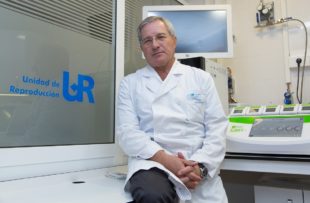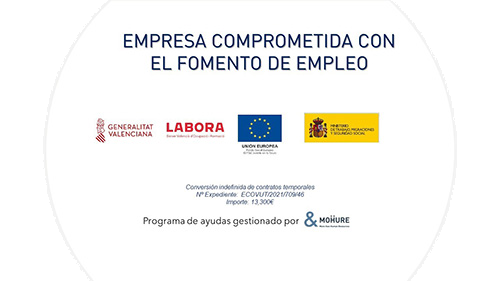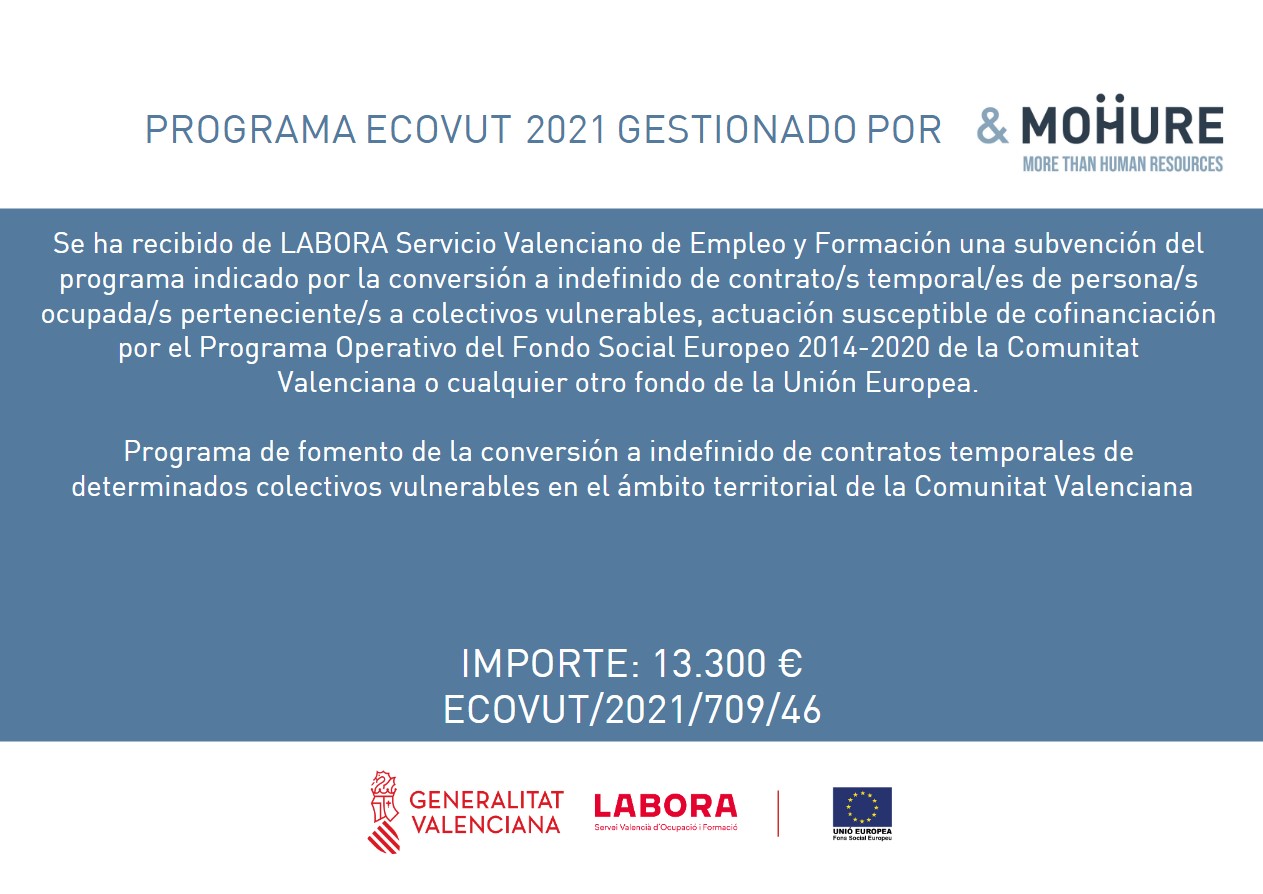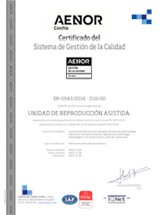The gynecologist in the Reproduction Unit Vistahermosa highlights that the center has the latest advances to obtain the maximum effectiveness perembryo transferred
“It is essential to inform the future parents about the negative medical consequences that a multiple pregnancy entails not only for the mother, but also for the fetuses”, emphasizes the gynecologist of the Vistahermosa Reproduction Unit, Dr. Manuel Lloret.
 The body of the woman has been conceived to house pregnancies of a single embryo. Therefore, a multiple pregnancy is associated with an increased risk of experiencing complications during pregnancy. “Among the most common for babies, there is an increased risk of spontaneous abortion, a higher probability of preterm delivery and low birth weight, and the risk of gestational hypertension increases with anemia, gestational diabetes, C-Section delivery, or a greater weight gain “, explains the specialist.
The body of the woman has been conceived to house pregnancies of a single embryo. Therefore, a multiple pregnancy is associated with an increased risk of experiencing complications during pregnancy. “Among the most common for babies, there is an increased risk of spontaneous abortion, a higher probability of preterm delivery and low birth weight, and the risk of gestational hypertension increases with anemia, gestational diabetes, C-Section delivery, or a greater weight gain “, explains the specialist.
No less important, notes Dr. Lloret, are “the economic, psychological, work, even conjugal problems that both couples and single women have to face when they have to take responsibility for several babies.”
The important thing is to have a healthy baby at home, says the gynecologist of the Vistahermosa Reproduction Unit. The technical advances in assisted reproduction provide effectiveness in the transfers of a single embryo. The center in Alicante, located in HLA Vistahermosa Hospital, is equipped with the latest time-lapse technology, bringing together all the latest-generation incubators on the market, capable of identifying the embryo with the greatest implantation potential to transfer to the maternal womb and achieve an ongoing pregnancy.
The key to success lies in personalized treatments for the diagnosis of each patient. The new techniques combine in vitro fertilization (IVF) with sophisticated embryo selection procedures, such as the DNA analysis of the embryo, which selects precisely those that are free of chromosomal abnormalities; or the culture until Blastocist stage of the embryos, taking them to the fifth day of cellular division, which confirms its quality and high viability.
sophisticated embryo selection procedures, such as the DNA analysis of the embryo, which selects precisely those that are free of chromosomal abnormalities; or the culture until Blastocist stage of the embryos, taking them to the fifth day of cellular division, which confirms its quality and high viability.
“Today, thanks to advances in medication, embryology laboratory, time lapse incubators, vitrification processes and genetic studies, we are in a position to obtain high quality embryos and increase implantation rates per embryo transferred without the need to transfer several embryos” , says the specialist.
At this time, says Dr. Manuel Lloret, “Transfers of a single embryo cannot always be performed, as we have cases in which we must assess several factors: maternal age, embryo quality and failures in previous cycles. If these factors are ecountered it is suggested to perform the transfer of 2 embryos, of which only one will usually reach a good term of evolution”.











